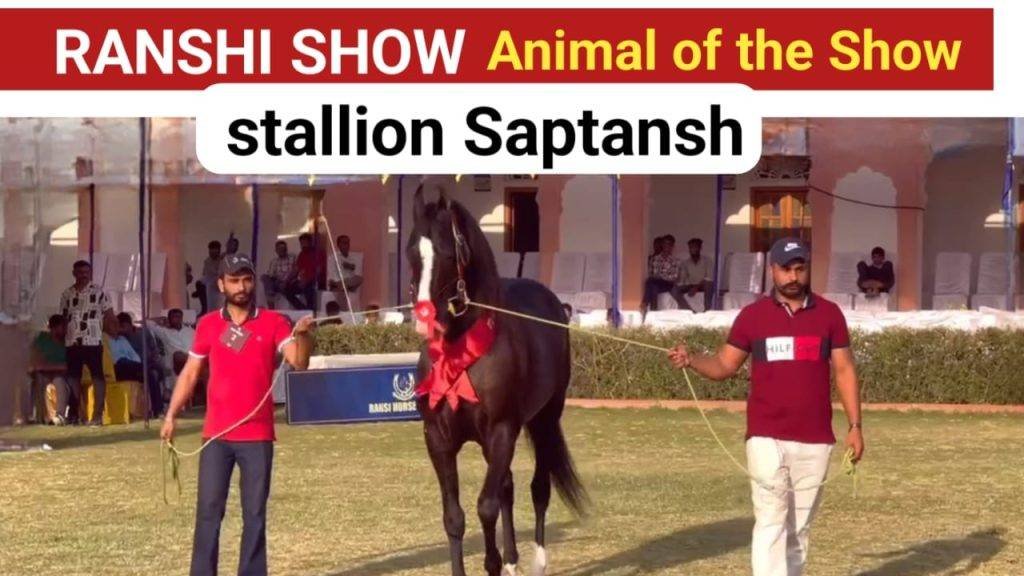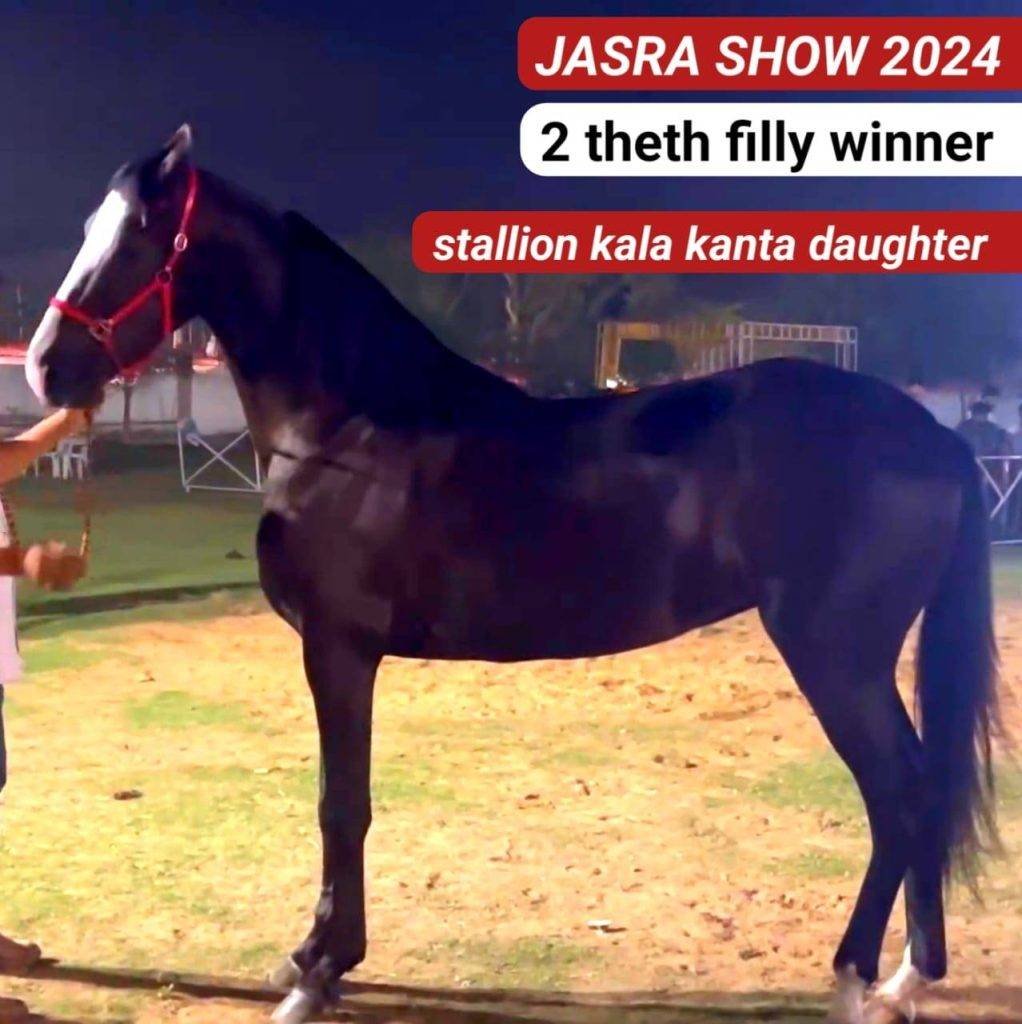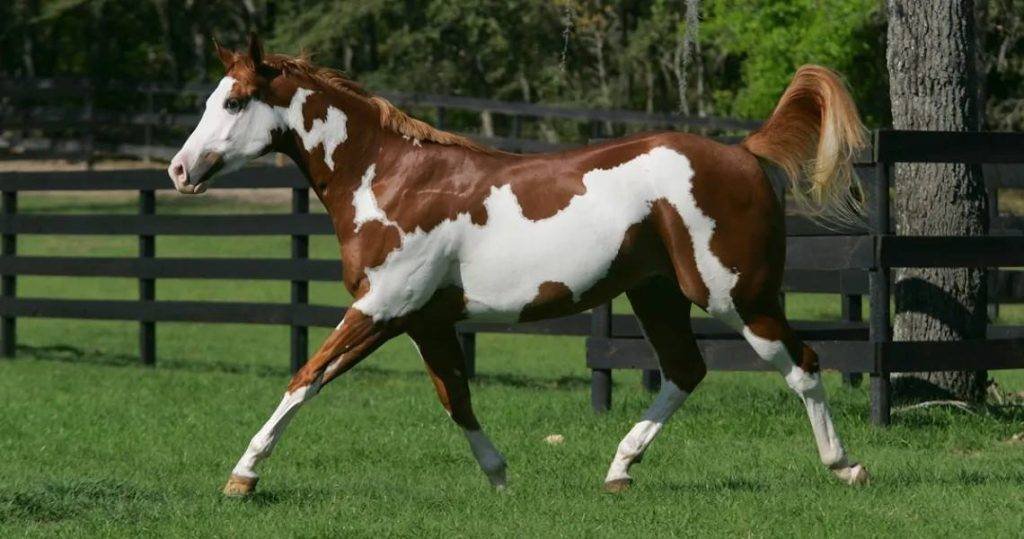Horses may not speak our language, but they definitely know how to communicate.
From soft nickers to loud neighs, each sound a horse makes carries meaning — whether it’s a call to a friend, a sign of affection, or a warning. Learning to recognize and understand these sounds can help you bond better with your horse and respond to its needs.
Here are 9 of the most common horse vocalizations and what they usually mean:
1. Neigh (or Whinny)
What it sounds like: A long, high-pitched call that starts loud and trails off.
What it means:
Neighs are used to communicate over distances. Horses may neigh when they’re separated from their herd, calling out to locate companions. It can also show anxiety or excitement. If you hear a loud neigh as you’re leading a horse away from others, it’s probably missing its friends.
🔊 Tip: Search “horse neigh sound” on YouTube for a clear example.
2. Nicker
What it sounds like: A low, soft, throaty rumble — almost like a friendly purr.
What it means:
Nickers are usually affectionate. A horse might nicker when it sees you coming with food or hears your voice. Mares also nicker to their foals. It’s a warm, friendly sound that often signals trust or anticipation.
3. Snort
What it sounds like: A sharp, sudden burst of air from the nostrils.
What it means:
Snorting can have a few meanings. Sometimes it’s just a way to clear the nose, especially when a horse is relaxed. But if the snort is louder and paired with tense body language, it can be a sign of alertness or caution — as if the horse is saying, “Something’s off.”
4. Blowing
What it sounds like: A steady, strong exhale through the nose.
What it means:
Blowing is usually a sign of calm interest. Horses do this when they’re relaxed but noticing something new. It’s slower and more deliberate than a snort. Think of it as a horse taking a deep breath while checking something out.
5. Squeal
What it sounds like: A short, high-pitched, sharp sound.
What it means:
Squeals usually signal annoyance or aggression, especially in social interactions. For example, a mare might squeal if a stallion gets too close, or horses might squeal when establishing boundaries during turnout. It’s a clear “back off” warning.
6. Roar
What it sounds like: A loud, deep, guttural sound — usually rare.
What it means:
This is mostly heard from stallions and is often used as a dominance display or mating call. It can sound alarming, especially if you’ve never heard it before. It’s not common in everyday horse handling unless you work with stallions.
7. Groan
What it sounds like: A deep, drawn-out moaning noise.
What it means:
Groaning can have multiple meanings. Horses might groan during physical effort, like getting up or lying down. If it happens regularly or without obvious effort, it could signal pain or discomfort — in which case, a vet check is a good idea.
8. Sigh
What it sounds like: A slow, long exhale — almost human-like.
What it means:
Just like us, horses sigh to release tension. A horse might sigh after a training session, a long day, or simply when it’s relaxed. It’s a good sign that your horse is comfortable and at ease.
9. Chatter (or Teeth Grinding)
What it sounds like: A repetitive grinding or clicking noise.
What it means:
This sound can mean different things depending on the situation. Young stallions may “chatter” their teeth submissively. In other cases, teeth grinding can be a sign of stress, boredom, or even discomfort from the bit or ulcers.
Wrapping Up
Understanding horse vocalizations is like learning a new language. While the sounds can vary from horse to horse, the emotional cues behind them are surprisingly consistent. By paying attention to tone, frequency, and context, you can start to “listen” to your horse in a whole new way.
If you’re curious to hear these sounds in real life, platforms like YouTube, Equus Education, or horse training apps often have audio libraries. Pairing sound with body language is the best way to fully understand what your horse is trying to say.




